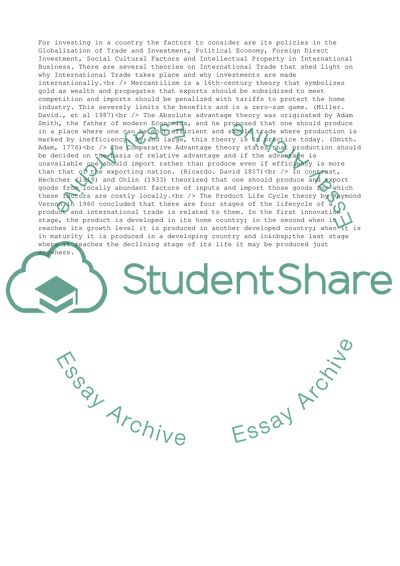Cite this document
(International Corporate Finance of Automobile Market in Thailand and Coursework, n.d.)
International Corporate Finance of Automobile Market in Thailand and Coursework. Retrieved from https://studentshare.org/business/1709362-international-coporate-finance
International Corporate Finance of Automobile Market in Thailand and Coursework. Retrieved from https://studentshare.org/business/1709362-international-coporate-finance
(International Corporate Finance of Automobile Market in Thailand and Coursework)
International Corporate Finance of Automobile Market in Thailand and Coursework. https://studentshare.org/business/1709362-international-coporate-finance.
International Corporate Finance of Automobile Market in Thailand and Coursework. https://studentshare.org/business/1709362-international-coporate-finance.
“International Corporate Finance of Automobile Market in Thailand and Coursework”. https://studentshare.org/business/1709362-international-coporate-finance.


